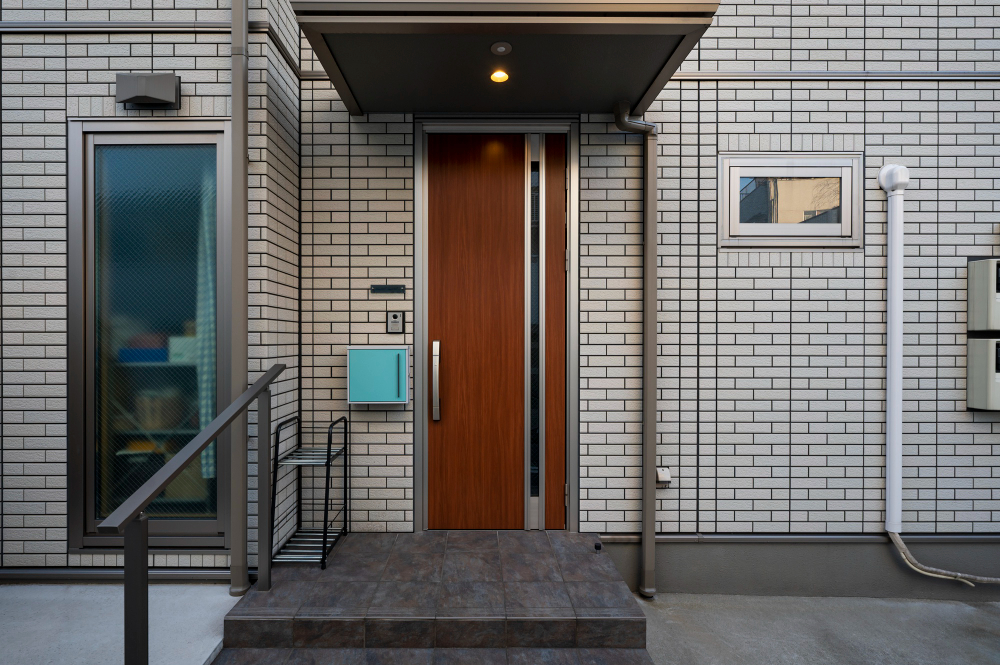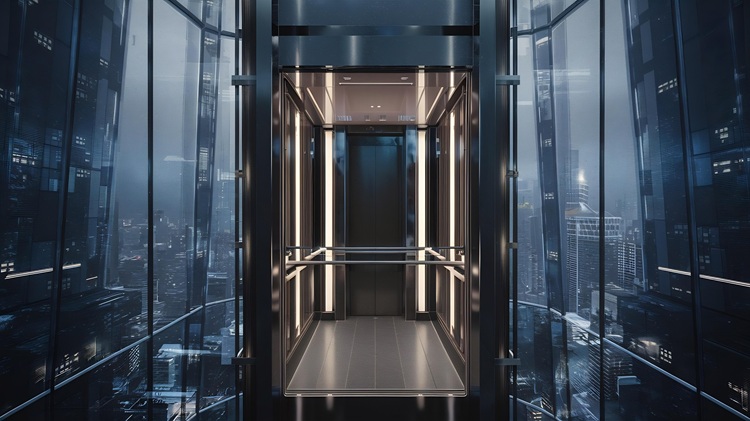Importance of Hospital Elevator Structure for Ensuring Patient Safety
Post Date : May 09, 2023
Hospitals are places where people come to seek medical attention for various health issues. Patients are often in a vulnerable state and require assistance to move around the hospital premises. This is where hospital elevators come into the picture. They not only provide a means of transportation but also play a crucial role in ensuring patient safety. In this blog, we will discuss the importance of hospital elevator structure for ensuring patient safety and why Polo Elevators is the best choice for meeting hospital elevator requirements.
Hospital Elevator Design
Hospital elevator design is an essential component of ensuring patient safety within medical facilities. Elevators designed for hospitals must meet specific requirements that cater to the needs of patients and healthcare professionals. The design of a hospital elevator should prioritize safety features such as a spacious cabin, non-slip flooring, handrails, and automatic doors. These features ensure the comfort and safety of patients who may be unwell or require assistance to move around the hospital premises. In addition, hospital elevators should also have emergency communication systems and backup power supplies in the event of power outages. These safety features enable hospitals to provide uninterrupted care to patients, even during emergencies, ensuring their wellbeing is protected.
A well-designed hospital elevator can significantly reduce the risk of accidents and injuries, making them a crucial investment for hospitals. Properly designed hospital elevators can help healthcare professionals transport patients between different floors or departments, reducing the risk of physical strain or injury. The elevators should also be designed to accommodate stretchers, wheelchairs, and other medical equipment used by patients or healthcare professionals. With a properly designed hospital elevator, hospitals can provide a comfortable and safe environment for patients, visitors, and staff members. Overall, hospital elevator design is a critical component in providing quality healthcare and ensuring the safety and wellbeing of all those who visit or work within a medical facility.
Hospital Elevator Structure
The structure of a hospital elevator is a crucial factor in ensuring the safety of patients and healthcare professionals. It is important to construct the elevator with high-quality materials that can withstand heavy usage and provide a smooth ride. Hospital elevators are frequently used for transporting patients who may be in critical condition, and therefore, the elevator structure must be robust and reliable. A poorly designed elevator structure may pose a significant risk to the safety of patients and healthcare professionals.
In addition to the quality of materials used, the elevator structure should also be designed to accommodate stretchers, wheelchairs, and other medical equipment. This ensures that patients can be easily transported between different floors of the hospital without any inconvenience or discomfort. Hospital elevators should also be equipped with advanced safety features such as sensors that detect obstructions and stop the elevator immediately.
This prevents any accidents or injuries that may occur due to obstructions. Finally, it is important to indicate the elevator's capacity limit clearly to prevent overloading, which can also pose a significant risk to the safety of patients and healthcare professionals.
Hospital Elevator Requirements
Hospital elevator requirements are specific and must be met to ensure the safety of patients and healthcare professionals. Hospital elevators must comply with safety standards set by regulatory bodies such as ASME A17.1, EN 81-1, and GB 7588. The requirements include specifications for the elevator structure, design, safety features, and installation. Hospitals must ensure that the elevators they install meet these requirements to prevent accidents and injuries.
Why Polo Elevators is the Best Choice for Meeting Hospital Elevator Requirements?
Polo Elevators is a leading manufacturer of hospital elevators that meet all hospital elevator requirements. Their elevators are designed to provide a safe and comfortable ride for patients and healthcare professionals. Polo Elevators uses high-quality materials and advanced technology to construct their elevators, ensuring durability and reliability. Their elevators are equipped with advanced safety features such as overload sensors, door sensors, and emergency communication systems. They also provide customized elevator solutions to meet the specific needs of hospitals.
Conclusion
Hospital elevators play a crucial role in ensuring patient safety. The design and structure of hospital elevators must meet specific requirements to prevent accidents and injuries. Hospitals must ensure that they install elevators that comply with safety standards set by regulatory bodies. Polo Elevators is the best choice for meeting hospital elevator requirements. Their elevators are designed to provide a safe and comfortable ride for patients and healthcare professionals, ensuring the safety of everyone in the hospital premises.






